- Volatile organic acids are a big contributor to odor complaints in collection systems & headworks. Common volatile odorous acids include acetic, propionic, and butyric. Mixing and attempts to oxidize with hypochlorite can often aggravate the odor problems.
- High levels of influent organic acids in aerobic systems can promote low D.O. and filamentous organism growth. Since the organic acids are among the most bioavailable source of microbial food, high concentrations in the influent often depress dissolved oxygen near the influent. The low D.O. combines with filamentous bacteria that grow rapidly on organic acids can create bulking problems. A common, effective control measure is to step feed the influent if the system has a plug flow setup.
- You need short-chain organic acids in the anaerobic section for biological phosphorous removal. Attempts to reduce odors in collection systems with aeration or nitrate reduces the formation of organic acids needed by phosphorus accumulating organisms (PAO) in the anaerobic section. Without sufficient organic acids, the PAO do not have the needed metabolic advantage required to support phosphorus uptake in aerobic sections. A solution to low organic acid influents is to use anaerobic digester supernatant or water from EQ tanks where organic acids are higher due to anaerobic (fermentative) microbial activity.
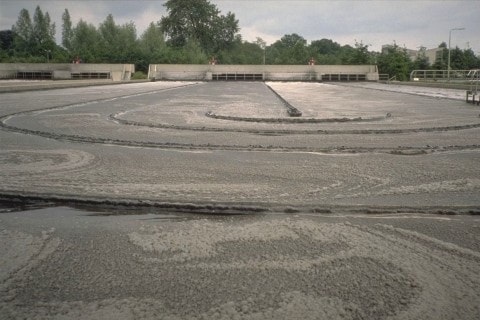
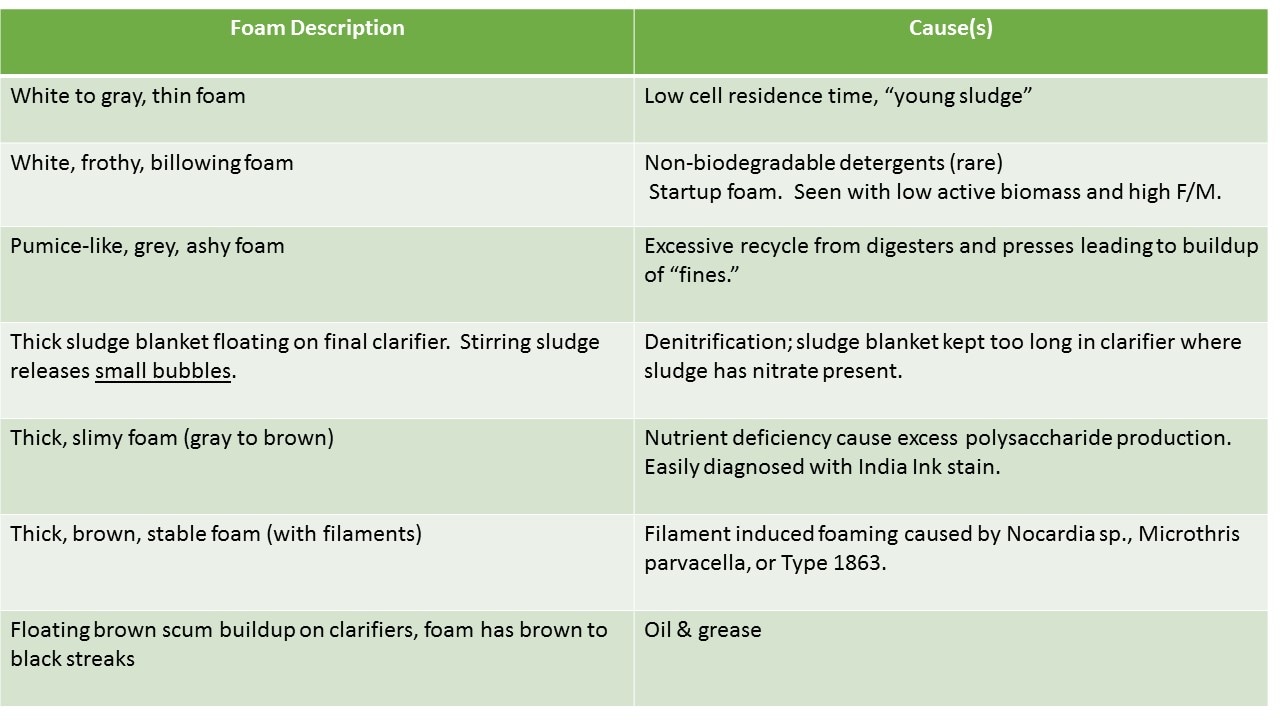
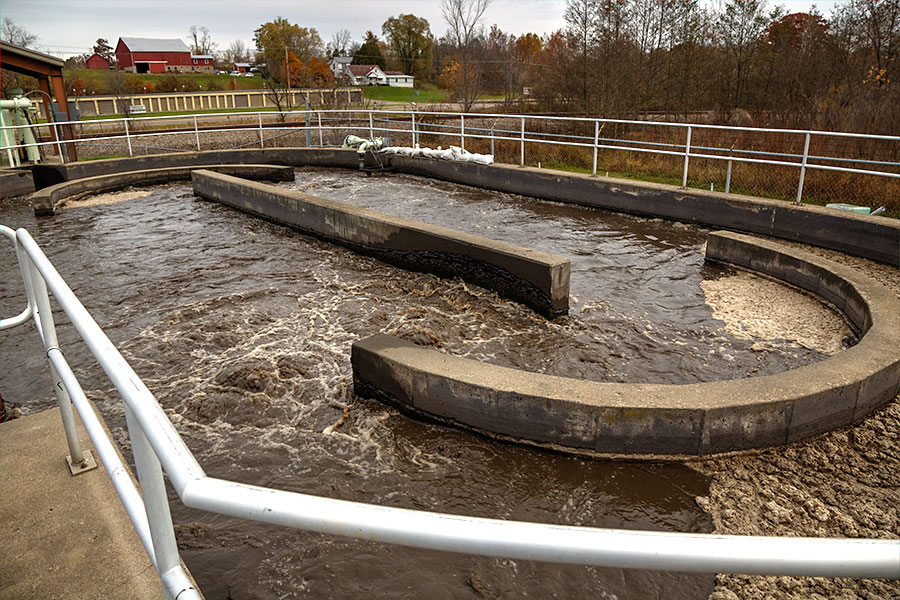
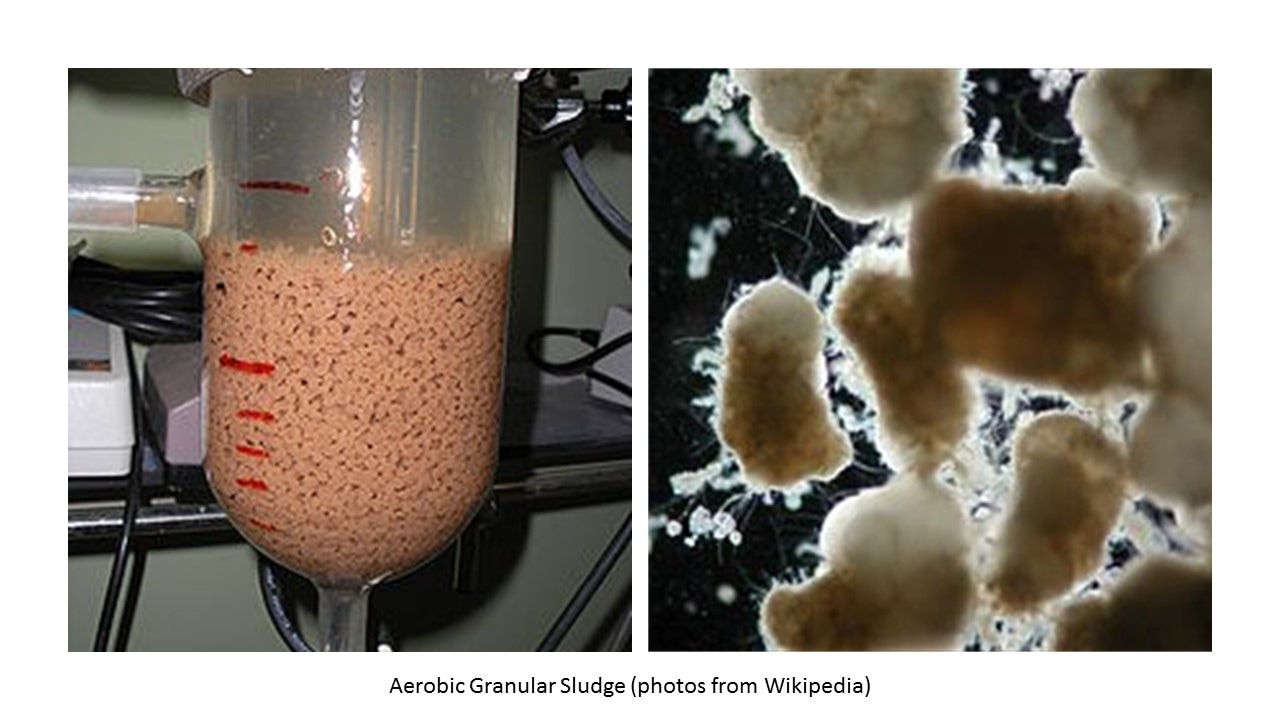
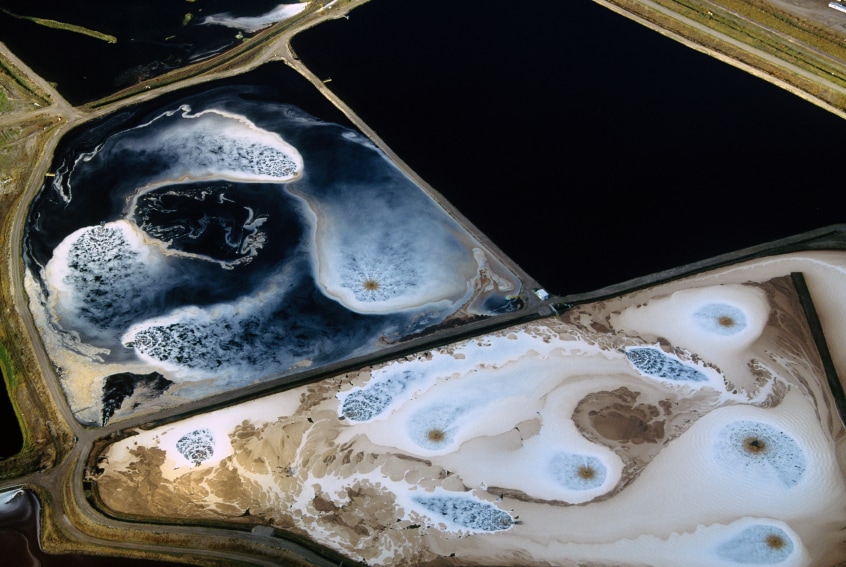

 RSS Feed
RSS Feed